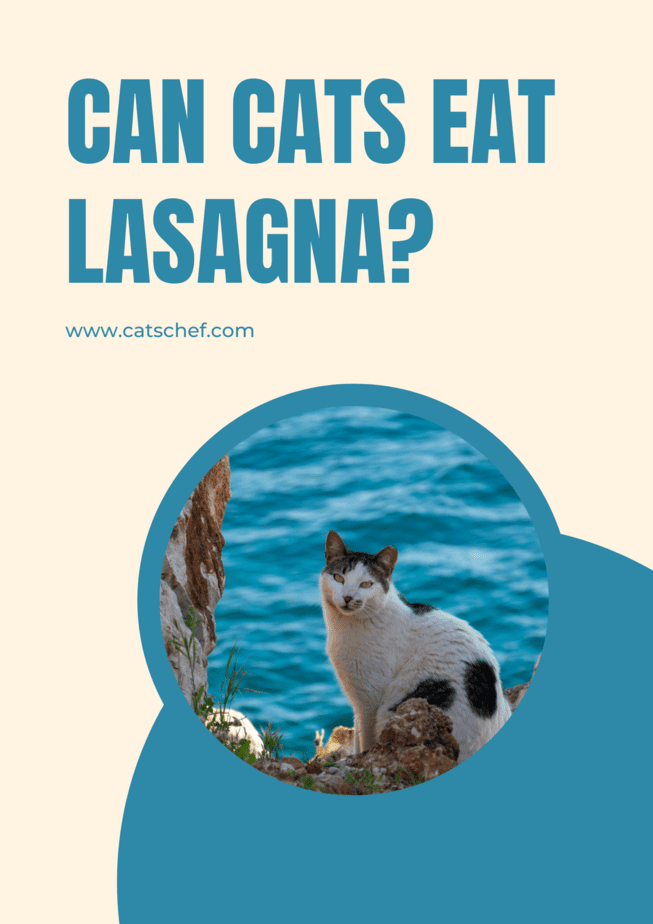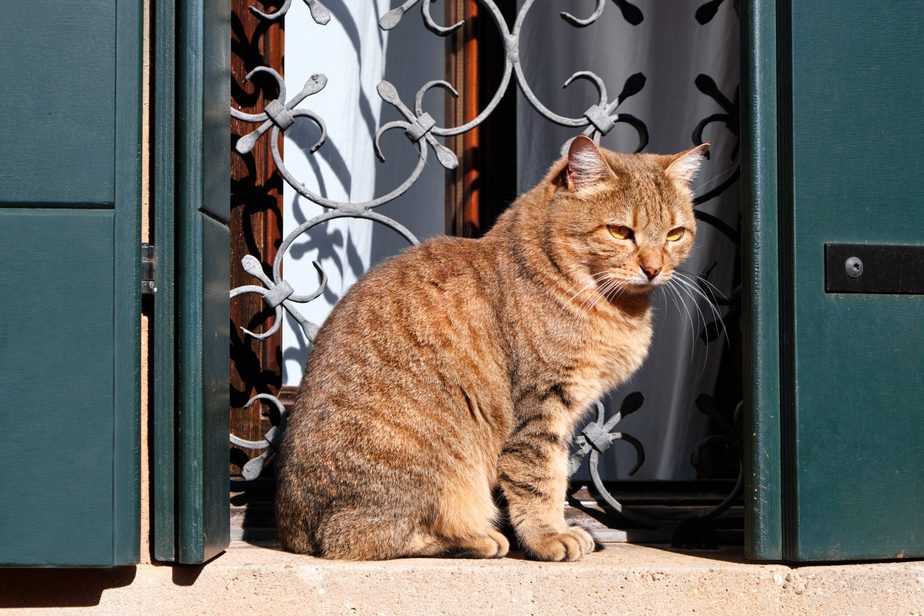We all know the famous Garfield cartoon strip because of its main character – an orange, chunky cat. His favorite meal is lasagna, which makes us wonder: can cats eat lasagna in real life?
The famous character gulps down this Italian dish like there’s no tomorrow. Our pets would probably do the same, but we have to split reality from expectations.
Watching Garfield indulge in this mouth-watering food may tempt you to allow your kitto to do the same, but did you notice he was a bit overweight? No, it’s not his fur that’s making him chunky. Not that we don’t like cats “fluffier,” but our main concern should be their health.
What do you think, is it because of all the lasagna he eats? Although it may be hard to resist sharing some of this food with your pet, if you don’t, some of the ingredients could make you regret your decision.
Is lasagna dangerous to cats?
This food isn’t necessarily dangerous to felines, but some of the ingredients found in it present a potential threat.
To humans, it’s a perfect combination of ingredients and looks like the type of meal where you try to impress your guests, but really all you have to do is put everything together. And voila, you have a delicious dinner.
It’s so yummy that one of the dangers is getting hooked on it! We know what extra calories can do to us, right?
Now, let’s see can cats eat lasagna due to all of the ingredients that are found in this delicious Italian meal.
1. Meat

To cats, the meat is what tastes purrfect, but other parts of this dish aren’t so appealing to them. Especially the ingredients that pose a risk to your pet’s health.
We know cats are carnivores and they love meat. But it isn’t just love we’re talking about, it’s the natural need for the protein found in meat.
Plant-derived proteins can come in handy, but it’s not as useful as those from animals. It’s because felines aren’t made for digesting plant material. Therefore, your furkid isn’t able to reap all the benefits that greens offer.
One of the most important ingredients found in lasagna is beef. It’s a common choice of meat that’s considered tasty and nutritional. Also, it’s a great source of protein and other vitamins. However, the beef incorporated into a lasagna is seasoned, cooked, and fried.
This means it contains ingredients such as salt, which can be detrimental to your pet’s health, and even toxic if consumed in large amounts. The same applies to beef jerky. If you want your furball to benefit from the beef, you’ll have to cook it without any additional seasonings and spices that could make him ill.
A few bites of the beef in your lasagna aren’t likely to cause trouble but make sure you don’t do this often.
2. What about pasta?
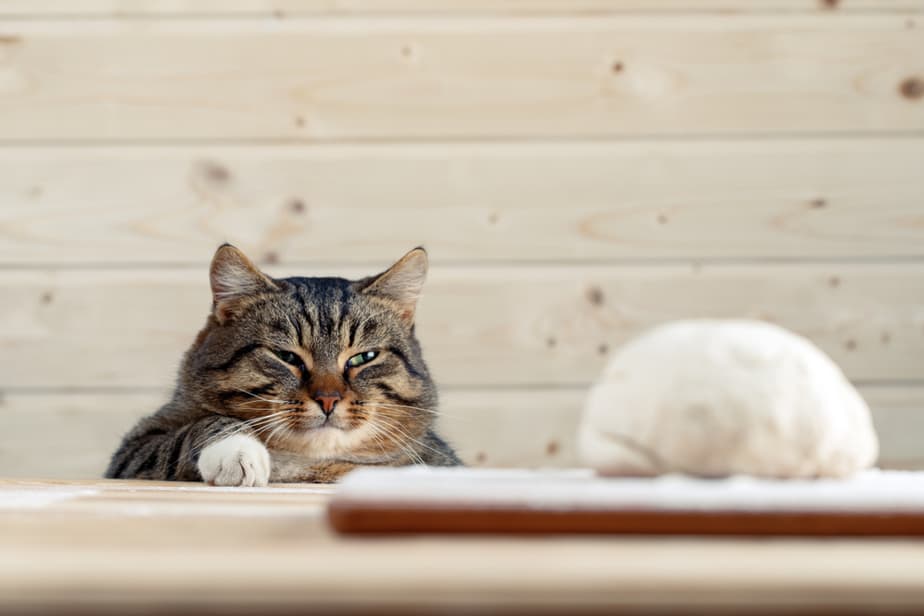
It seems like Italy always wants to remind us of their rich and popular cuisine. Thanks to this boot-shaped country, we always have a quick meal known as pasta, which goes well with anything. Some boiling water and spices, with or without anything else, and you’re all set.
Pasta makes our lives easier and richer in flavor, and we really owe it to the Italians! However, can cats eat lasagna because of all the pasta going on? This is the question you should ask yourself if you catch your little chef hovering over your plate of lasagna.
A small portion should be okay, but it isn’t an ideal dietary choice. Pasta is full of carbohydrates that your pet can’t gain anything from (apart from weight). This is due to the fact that felines don’t have the need for carb intake. If you feed her pasta time and time again, your cat stands a good chance of becoming another Garfield.
We know he’s cute, but we’ve seen how he struggles to squeeze through places! You don’t want your chubby floof getting stuck in the cat door! Besides, if he’s feasting on these unhealthy carbs for a longer period of time, those extra pounds will put added pressure on his joints.
This is a concern, especially if you have an adult cat that’s well into his age. This, in some cases, can result in arthritis and even diabetes. To make sure your pet stays healthy and satisfied, control his pasta intake. This means a meanless bite or two here and then. Don’t make it a habit!
3. Can cats eat lasagna because of cheese?
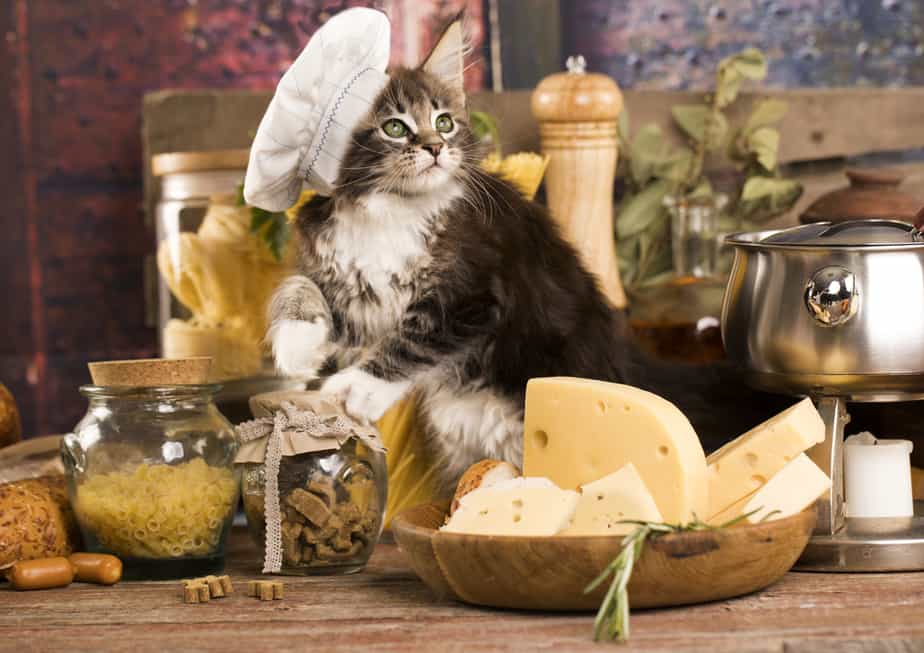
We know cats are lactose intolerant, which makes it hard for them to digest dairy. Cheese has lower amounts of lactose than milk, but that doesn’t mean your cat can and should eat it.
Of course, just as is the case with pasta, it’s unlikely he will develop symptoms from a few small bites. But, if he continues to indulge in cheese, you may notice signs of an upset stomach. Because she’s lactose intolerant, your pet may experience bloating, diarrhea, and gas (not a nice experience!)
Cheese is full of fats which is mostly what your cat is attracted to. Apart from protein, felines need certain amounts of fat to fuel their bodies. The fat provides an energy source, but in this case, it could only cause trouble. Fats found in cheese are unhealthy, saturated fats.
This means that these fats raise the levels of cholesterol in the blood, resulting in a higher risk of developing heart disease and stroke. Keep unhealthy fats out of your cat’s diet and leave the cheese for the mice!
4. Spices and seasonings
When it comes to cats eating lasagna, you have to be careful with spices and various seasonings. Some of the most common include salt, garlic, and chives. We have already touched on the impact of salt and how it can negatively impact your cat’s health.
A bigger reason for concern is garlic, onions, and chives. These members of the Allium plant family pose a risk to your cat’s health, big time. The reason they’re so harmful to felines is that they possess chemicals that enter feline’s bloodstream, damaging and destroying their red blood cells, which rapidly leads to anemia.
They’re poisonous whether cooked, raw, or in powdered form. This is one of the main reasons your pet should stay away from lasagna.
5. Tomatoes and tomato sauce in lasagna
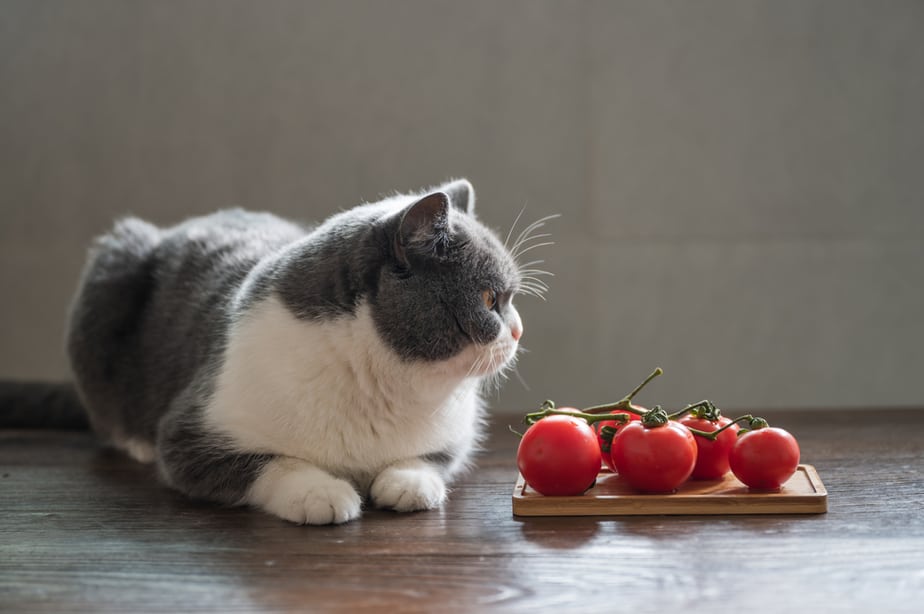
We don’t really want to be party poopers, but tomatoes can present potential harm to your furkid. Tomatoes are good for humans because they are high in vitamins and fiber, but they are not good for cats. Your kitty friend does require these nutrients, but not from tomatoes!
There are high-quality feline foods available that include fiber and vitamins important in your cat’s diet. There’s no need for you to try to meet these requirements by feeding them tomatoes or ketchup!
Despite the fact that, unlike ketchup, tomato sauce is normally made with little to no seasonings, it’s still comprised of tomatoes, right? That implies feeding your cat tomato sauce is still not the safest option.
Tomato sauce also often has meat and vegetable broth in it, which your pet may enjoy. It does, however, contain additional substances, such as oil. While oil doesn’t represent a hazard to your feline companion, it doesn’t belong in her diet. Stomach discomfort, vomiting, and diarrhea are all common side effects of oil ingestion.
The nightshade (Solanaceae) family of plants, such as eggplants, potatoes, and tomatoes, all have one particular alkaloid in common: solanine. When tomatoes turn green, for example, they contain more alkaloids and have a more bitter taste.
This substance is poisonous to cats and can cause solanine poisoning. Plants produce solanine in their leaves, fruit, and tubers. The toxicity can cause gastrointestinal, neurological, and exanthematous crises, all of which can be fatal.
Toxicity from cyanide is less likely. It’s because it’s formed when the plant’s components come into touch with a feline’s digestive acids.
Some of the symptoms of solanine and cyanide poisoning are similar. Early symptoms include headaches, dizziness, racing heart, shortness of breath, and vomiting. After this time, seizures, a slowed heart rate, low blood pressure, loss of consciousness, and cardiac arrest may ensue.
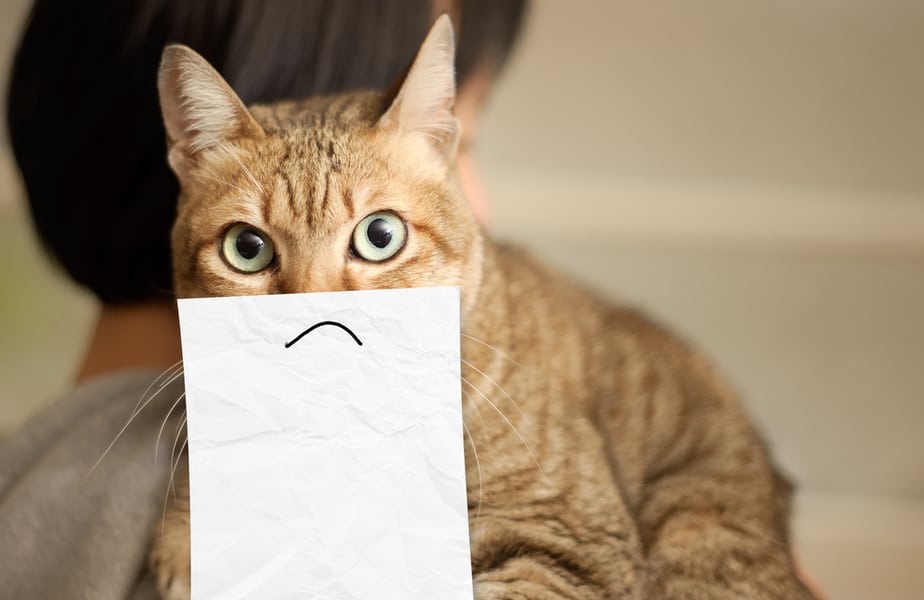
Is lasagna junk food for cats?
Unfortunately for our four-legged friends, lasagna is mostly an empty-calorie food. Lasagna made from beef is similarly high in calories. While cats require a specific number of calories every day, lasagna is calorie-dense.
This is harmful to your pet’s health and, once again, can lead to obesity. Hyperlipidemia refers to high cholesterol levels in your cat’s blood. If she steals a nibble of lasagna, she should be fine, but anything more than that is cause for concern.
Summing up…
If you’ve ever eaten this delicious Italian dish with your lap monster eyeing your every bite, you probably thought: “Can cats eat lasagna? Garfield does it all the time!” And, kudos to you for reading it up. Because if you didn’t, your cat could have been in some serious trouble!
Humans love spoiling their pets and they deserve it. However, sometimes they forget that the main priority should be their pet’s health rather than their insatiable desires. Next time when digging into a portion of lasagna, make sure your cat’s out of the room so as to not provoke her!
Cats can eat lasagna, but it’s really not recommended. Lasagna is a great dish for humans, especially meat and pasta-lovers. However, it can do more harm than good to your feline friend.
Certain ingredients like garlic, salt, onion, chives, and cheese can mess up your cat’s tummy and even put her in medical danger.
So, if you really want to share your meal with your furchild, make sure when making lasagna next time, to bake an unseasoned portion and treat your cat. Sharing is caring, but only if it’s allowed in the cat world!
Related post: Can Cats Eat Mac And Cheese? Delicious Or Dangerous?
